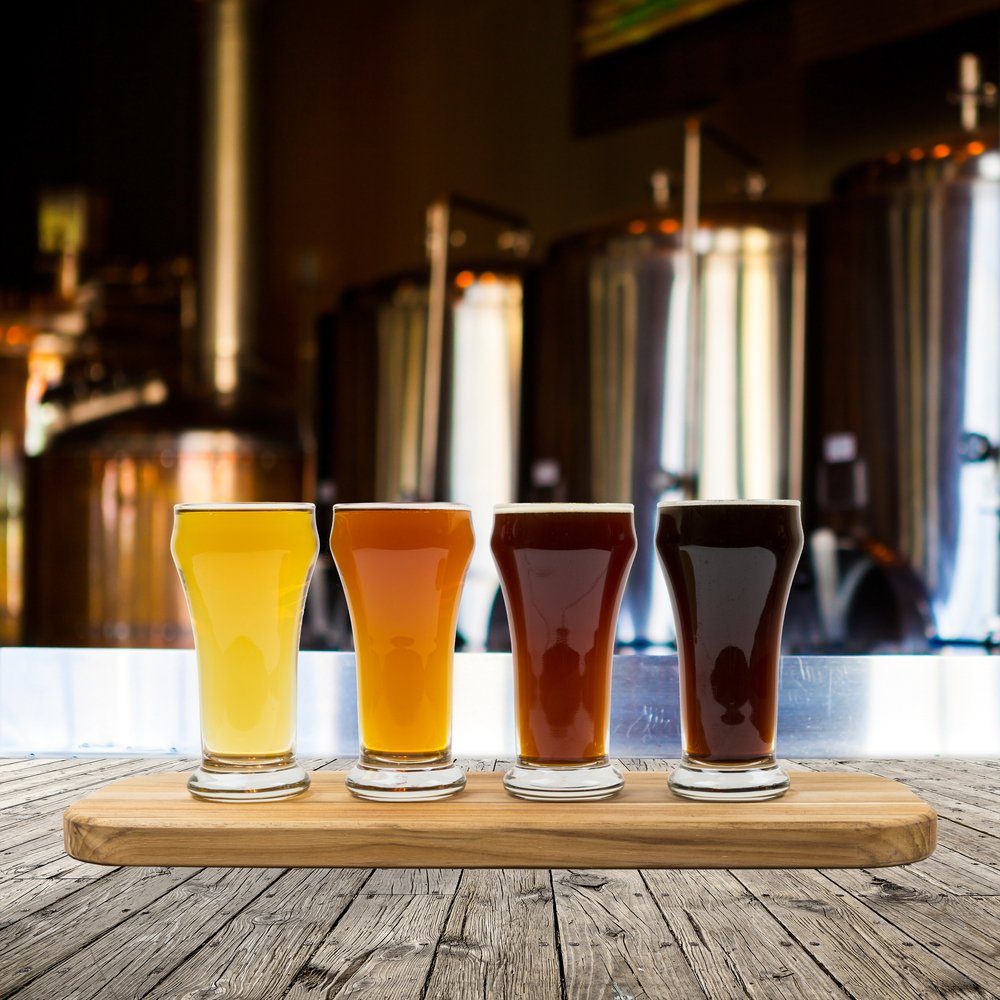A craft beer craze is sweeping across America. People around the country are trading in their Bud Light and Natural Ice for an India Pale Ale or a Chocolate Stout, preferably made by a local brewery. However, many of the big brewing conglomerates in the U.S. have picked up on this growing trend and have begun to create their own special “craft” beers as part of the range that they sell in stores. Sometimes, they take over existing small breweries. A good example is Goose Island, which was bought out by Anheuser-Busch in 2011. While the brewery could have changed the style and flavor of their popular Goose Island I.P.A. or their 312 Ale, Anheuser-Busch encouraged them to maintain their current output due to the rising popularity of what is commonly perceived as a craft beer.
So, how can you decide what constitutes a craft beer? Well, we are here to help answer that question with a bit of assistance from the national Brewers Association. As it turns out, the BA is a good source for determining what is and what isn’t a craft brew. This passionate group of microbrewers and their fans have advocated for exceptional beer since 1976. They define a craft brewer as being “small, independent and traditional.” The BA defines “small” as producing 6 million or fewer barrels of beer per year. “Independent” means that at least 75 percent of the brewery is owned by a party who directly participates in craft brewing and is not “an alcoholic beverage industry member.” Finally, the BA defines traditional as a brewery with at least half all production being all-malt beers or beers with added ingredients to enhance the flavor rather than lighten or dilute it. The BA also maintains a list of independent brewers in the United States. If you’re looking for a true craft beer, you will probably find what you want by consulting this list.

What all of this seems to mean is that while great craft beer can be found in almost any supermarket in the country, a true microbrew beer is a rarer sight. However, the positive attitude of larger breweries towards independent craft breweries is heartening. If you are worried that you might live too far away from a microbrewery to reap the delicious benefits, take heart; the Brewers Association claims that the majority of U.S. residents live within 10 miles of what they define as a craft brewery. It might mean taking an extra trip after going to the grocery store, but the results will definitely be worth it. The Beer of the Month Club is all about just how worth it these beers are.